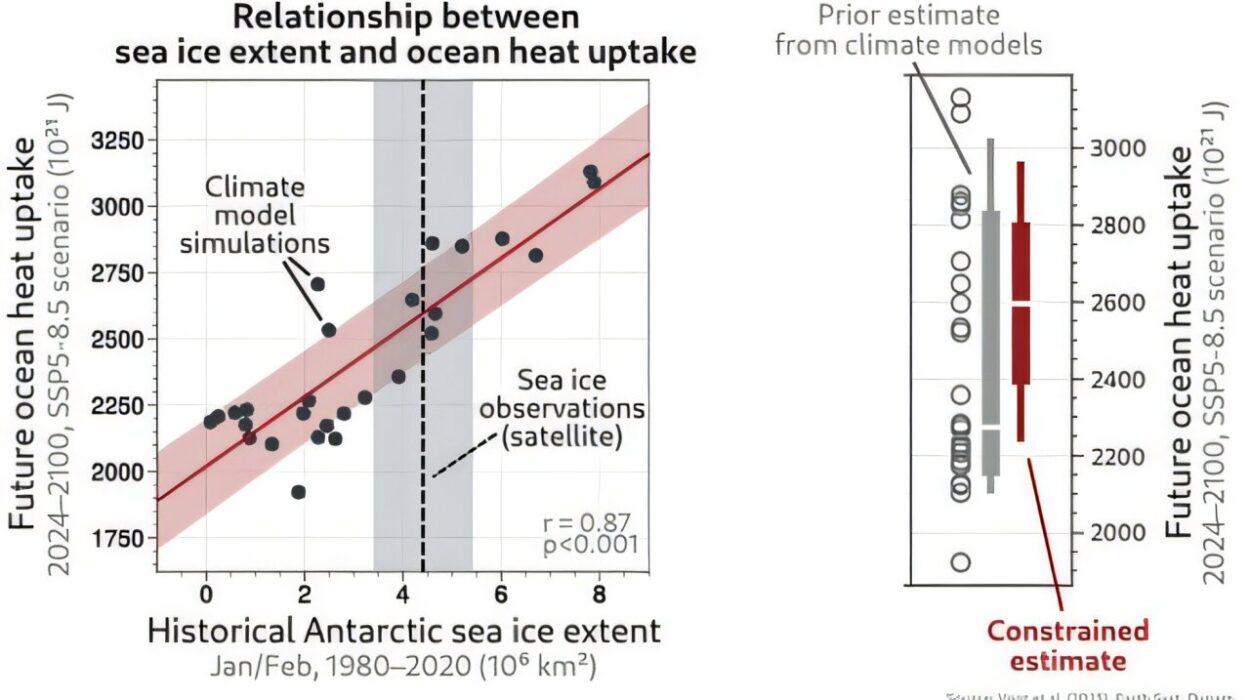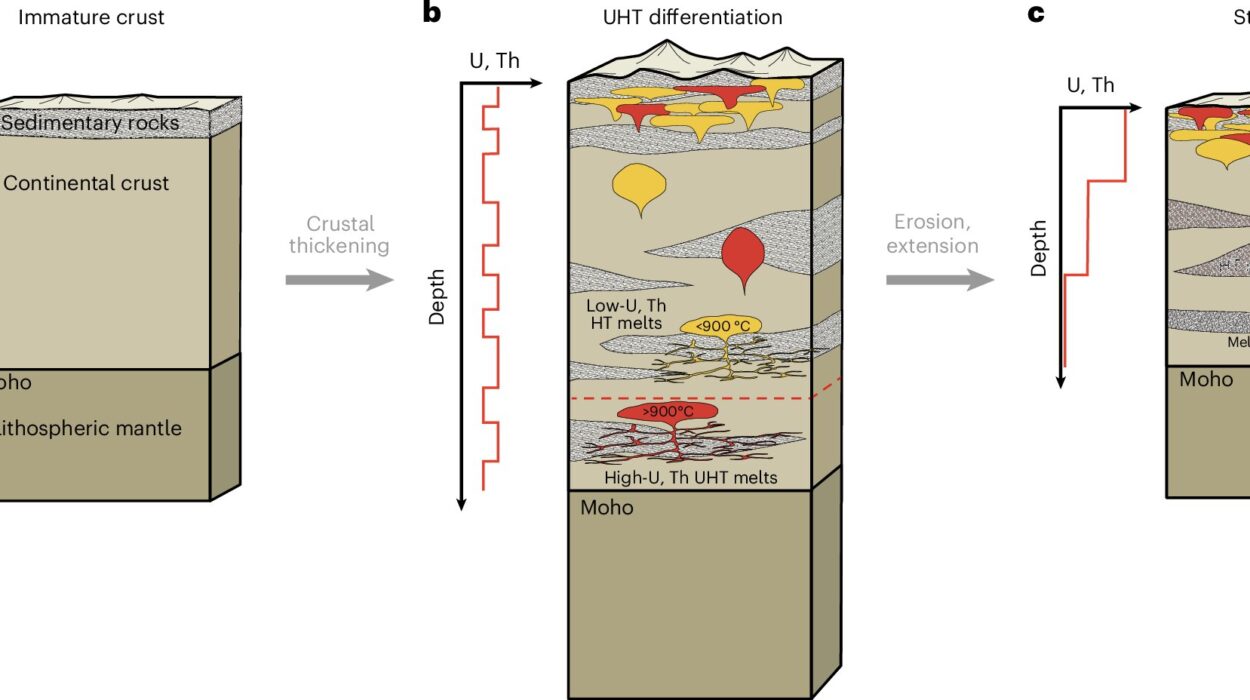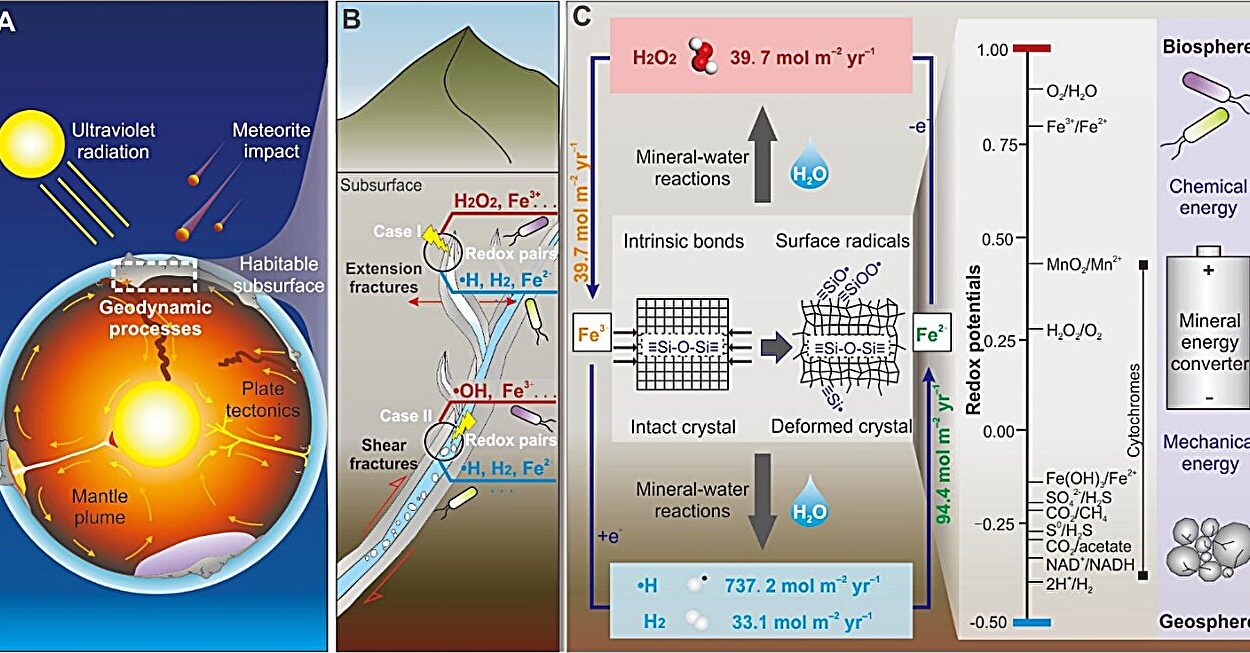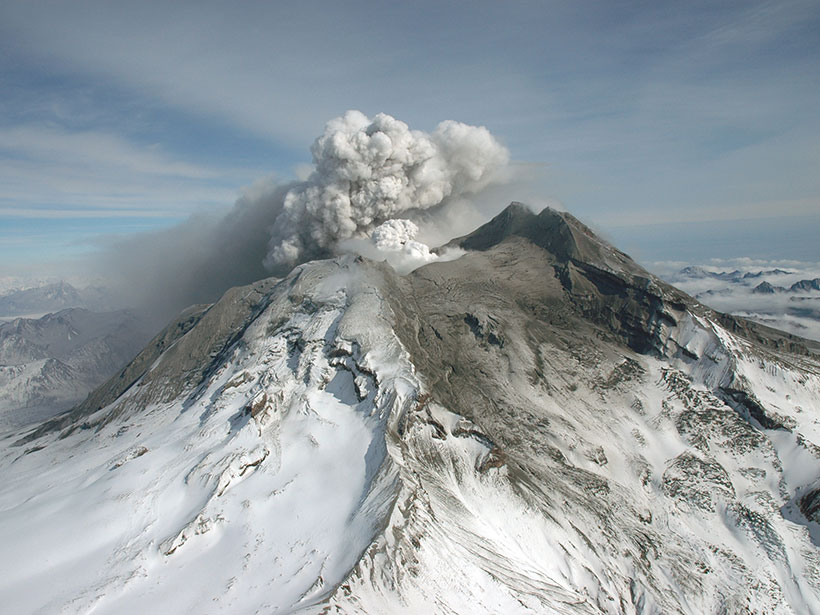Long before cities towered and satellites orbited Earth, the planet pulsed with an energy no human had yet named. Deep under our feet, where sunlight never reaches and pressure mounts like a silent drumbeat, Earth hides its most primal and unpredictable force—volcanoes.
They are Earth’s ancient breath, exhaling molten rock and ash with ferocious beauty. They give birth to islands, destroy civilizations, paint the sky with fire, and remind us—always—that the ground we walk on is alive. Volcanic eruptions are not merely explosions of lava and smoke; they are the visible whispers of a planet in constant evolution.
But what triggers such a dramatic outburst from the Earth’s core? To answer that, we must journey deep—past the crust, through the molten mantle, and into the very forces that forged continents and carved out oceans.
The Anatomy of the Earth: A Cauldron in Layers
Understanding volcanic eruptions begins with a look at Earth’s structure. Our planet isn’t a solid rock, but rather a layered sphere composed of the crust, the mantle, the outer core, and the inner core.
The crust is the outermost layer—the skin of the planet. It’s relatively thin, ranging from about 5 km beneath oceans to about 70 km under mountains. Beneath it lies the mantle, a vast layer of semi-solid rock that stretches nearly 2,900 kilometers deep. The mantle is not completely molten, but it’s hot enough to flow slowly, like taffy heated over a low flame.
Beneath the mantle lies the outer core, a swirling sea of liquid iron and nickel that generates Earth’s magnetic field. At the very center sits the inner core—a solid ball of iron hotter than the surface of the Sun.
It is within the mantle, especially in its upper regions, that most volcanic activity is born. Here, temperature and pressure conspire to partially melt rock, forming magma. This magma, buoyant and restless, seeks a way to rise. When it does, we witness one of nature’s most extraordinary spectacles.
Magma: The Fire Within
Magma is the molten rock stored beneath Earth’s surface. When it erupts, we call it lava. But what makes magma rise in the first place?
The answer lies in density and pressure. Magma is typically less dense than the surrounding solid rock. As it forms, it naturally wants to ascend—like a hot air balloon in a cold sky. This upward movement is aided by gases dissolved in the magma, such as water vapor, carbon dioxide, and sulfur dioxide. As the magma moves upward, the pressure decreases, causing these gases to come out of solution and form bubbles. These bubbles increase the magma’s volume and pressure, sometimes building to the point of explosion.
Not all magma is the same. Its composition—ranging from basaltic (runny and low in silica) to rhyolitic (thicker and high in silica)—determines the type of eruption. Runny basaltic magma often leads to gentle flows, while sticky rhyolitic magma traps gases, leading to violent explosions.
The Role of Tectonic Plates: Where Earth Cracks and Breathes
Volcanoes rarely erupt in random places. They are closely tied to the movement of tectonic plates—the massive slabs of Earth’s crust and upper mantle that float atop the flowing mantle beneath.
Most of Earth’s volcanoes are located along plate boundaries. These boundaries come in three main types, each offering a unique pathway for magma to reach the surface.
At divergent boundaries, plates move apart. As they separate, magma rises to fill the gap. This is how the Mid-Atlantic Ridge formed—a vast underwater mountain range created by the slow birth of new oceanic crust.
At convergent boundaries, one plate dives beneath another in a process called subduction. As the descending plate sinks into the hot mantle, water and other volatiles are released. These lower the melting point of surrounding rock, generating magma that can rise to the surface and erupt. This process is responsible for the “Ring of Fire”—the horseshoe-shaped zone of intense volcanic and seismic activity encircling the Pacific Ocean.
Finally, there are hotspots—plumes of hot material rising from deep within the mantle. These are not tied to plate boundaries. Instead, they burn through the crust like a blowtorch, forming isolated volcanoes like those of the Hawaiian Islands.
Building Pressure: The Countdown to Eruption
Volcanic eruptions don’t happen overnight. They are the climax of processes that can take years, centuries, or even millennia. Inside a volcano, a magma chamber accumulates molten rock. Over time, the pressure in this chamber builds, often accompanied by subtle signs—earthquakes, ground deformation, gas emissions.
As magma rises, it fractures surrounding rock, creating pathways. Seismic activity increases. Sometimes, steam vents open or the ground swells. These are the early warnings—the Earth whispering that something is stirring below.
When the pressure becomes too great, and the magma finds a way to the surface, the volcano erupts. The nature of this eruption—whether it’s a slow lava ooze or a cataclysmic explosion—depends on the magma’s composition, temperature, gas content, and the structure of the volcanic vent.
Types of Eruptions: Fireworks from the Deep
Volcanic eruptions are as varied as the volcanoes themselves. Some are gentle, others are devastating.
Effusive eruptions occur when low-viscosity magma (like basalt) flows easily. These eruptions, typical in places like Hawaii, produce lava rivers that can travel for kilometers, reshaping landscapes over time without explosive force.
Explosive eruptions, in contrast, involve high-viscosity magma that traps gases until pressure bursts through like a shaken soda can. These eruptions can send ash clouds miles into the atmosphere, generate pyroclastic flows—searing avalanches of hot gas and rock—and blanket cities in ash, as happened in Pompeii.
There are also hybrid eruptions and phenomena like lava fountains, lava domes, and phreatomagmatic eruptions (caused by magma interacting with water), each with its own signature.
Case Studies: Voices from the Past
History is littered with tales of volcanic fury. In 79 AD, Mount Vesuvius erupted, freezing the Roman cities of Pompeii and Herculaneum in time. Ash and pumice rained down so fast and hot that bodies were preserved in mid-motion, a haunting snapshot of disaster.
In 1815, Mount Tambora in Indonesia unleashed the most powerful eruption in recorded history. The explosion ejected so much ash into the atmosphere that global temperatures dropped, leading to the “Year Without a Summer.” Crops failed, famines spread, and skies darkened even in distant lands.
In 1980, Mount St. Helens in Washington state erupted with devastating force after weeks of rumbling. The blast leveled forests, destroyed homes, and dramatically altered the landscape—an event caught on camera and etched into the modern geological record.
Each of these eruptions taught us something new—about warning signs, eruption dynamics, and the resilience of nature.
Living with Volcanoes: Risk and Resilience
More than 800 million people live within 100 kilometers of a volcano. For them, volcanoes are both neighbors and potential threats. But they are also sources of rich soil, geothermal energy, and cultural identity.
Volcanic monitoring has advanced rapidly. Satellites, seismographs, gas sensors, and thermal imaging help scientists predict eruptions with increasing accuracy. Evacuation plans, hazard maps, and public education save lives. But predicting the exact timing and scale of an eruption remains a monumental challenge.
Some places have turned their volcanic heritage into opportunity. Iceland uses geothermal heat from volcanic activity to power homes and greenhouses. Japan’s volcanic hot springs are both therapeutic and spiritual. Even Hawaii’s flowing lava draws tourists who stand in awe of Earth’s raw creation.
Volcanoes Beyond Earth: Eruptions on Alien Worlds
Volcanoes are not exclusive to Earth. They dot the surfaces of other planets and moons, revealing a universe shaped by the same forces.
Venus, our sister planet, is believed to host massive shield volcanoes. Mars has Olympus Mons—the tallest volcano in the solar system, three times the height of Mount Everest. Jupiter’s moon Io is the most volcanically active body we know, its surface constantly reshaped by geysers of molten sulfur.
These extraterrestrial volcanoes challenge and expand our understanding of geology. They hint at internal heat, planetary evolution, and even the possibility of life—especially on icy worlds like Enceladus or Europa, where subsurface oceans and volcanic heating may create habitable environments.
The Emotional Power of Volcanoes: Creation and Destruction
Volcanoes occupy a unique place in the human imagination. They are symbols of rebirth and ruin, beauty and terror. Entire religions and mythologies have been built around them—from Pele, the Hawaiian goddess of fire, to the Roman god Vulcan.
To witness an eruption is to feel the pulse of Earth’s heart. It’s a humbling experience—a reminder that we live not on a static rock, but on a dynamic, restless world.
From the black sands of Iceland to the emerald forests of Indonesia, volcanic landscapes tell stories of fire and time. They are pages in Earth’s diary, written not in ink, but in molten stone.
Conclusion: The Eternal Dance of Fire and Stone
What causes volcanic eruptions? The answer is as deep and complex as the Earth itself. It is a story of heat and pressure, of magma and movement, of plate boundaries and gas bubbles. It is a tale written beneath our feet, slow but relentless.
Volcanoes are not anomalies. They are essential. Without them, there would be no continents, no fertile valleys, perhaps no life at all. They are nature’s architects and destroyers, painters and poets, sculpting the face of the world with every heartbeat of the mantle.
To understand volcanoes is to understand Earth—not just its science, but its soul.
And perhaps, to understand ourselves, too.






